Frigidaire FPDS3085PF Bruksanvisning
Frigidaire
Spis
FPDS3085PF
Läs gratis den bruksanvisning för Frigidaire FPDS3085PF (48 sidor) i kategorin Spis. Guiden har ansetts hjälpsam av 10 personer och har ett genomsnittsbetyg på 4.6 stjärnor baserat på 5.5 recensioner. Har du en fråga om Frigidaire FPDS3085PF eller vill du ställa frågor till andra användare av produkten? Ställ en fråga
Sida 1/48

All about the
Use & Care
of your
www.frigidaire.com USA 1-800-944-9044 www.frigidaire.ca Canada 1-800-265-8352
Dual Fuel Range
139901502 Rev A (Nov 2013)
TABLE OF CONTENTS
Product Record and Registration . . . . . . . . . . . . . . 2
Important Safety Instructions . . . . . . . . . . . . . . . . . 3
Before Setting Surface Burners . . . . . . . . . . . . . . . 9
Setting Surface Burners . . . . . . . . . . . . . . . . . . . . 13
Before Setting Oven Controls . .
. . . . . . . . . . . . . . 15
Oven Controls . . . . . . . . . . . . . . . . . . . . . . . . . . . . 19
Care and Cleaning . . . . . . . . . . . . . . . . . . . . . . . . 40
Before You Call . . . . . .
. . . . . . . . . . . . . . . . . . . . . 44
Warranty . . . . . . . . . . . . . . . . . . . . . . . . . . . . . . . . 47
Produktspecifikationer
| Varumärke: | Frigidaire |
| Kategori: | Spis |
| Modell: | FPDS3085PF |
Behöver du hjälp?
Om du behöver hjälp med Frigidaire FPDS3085PF ställ en fråga nedan och andra användare kommer att svara dig
Spis Frigidaire Manualer
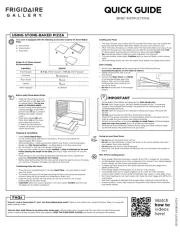
5 Oktober 2025
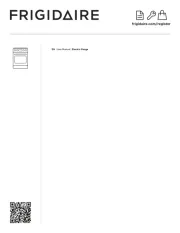
5 Oktober 2025
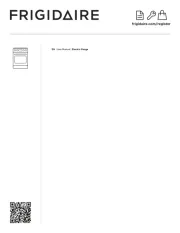
5 Oktober 2025
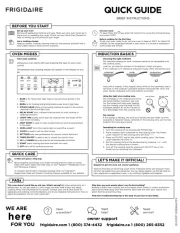
4 Oktober 2025
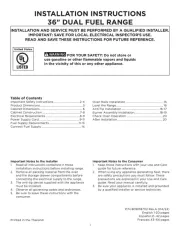
31 Augusti 2025
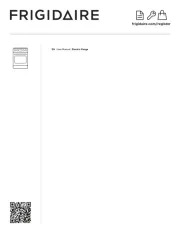
29 Juli 2025
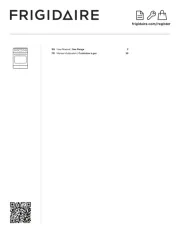
29 Juli 2025

29 Juli 2025
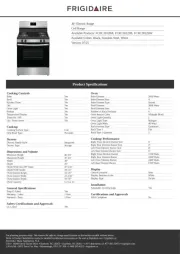
29 Juli 2025

29 Juli 2025
Spis Manualer
- Sencor
- PVG
- Olsberg
- Heinner
- Mora
- Hwam
- Blaze
- Truma
- Kalorik
- Global
- Grunkel
- Hartig Helling
- Helkama
- Maytag
- Alpatec
Nyaste Spis Manualer
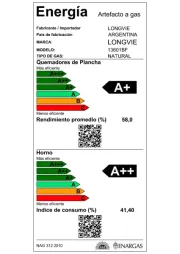
23 Oktober 2025
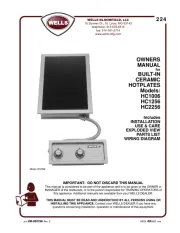
20 Oktober 2025

20 Oktober 2025
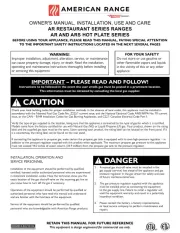
19 Oktober 2025
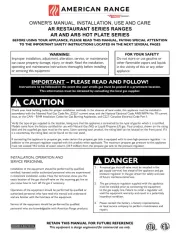
19 Oktober 2025
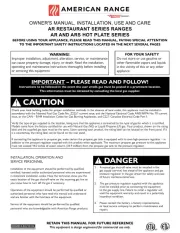
19 Oktober 2025
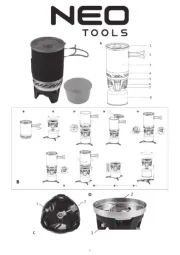
19 Oktober 2025
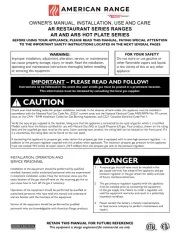
19 Oktober 2025
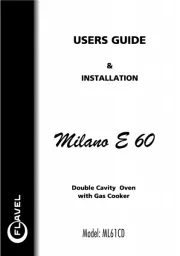
18 Oktober 2025

18 Oktober 2025